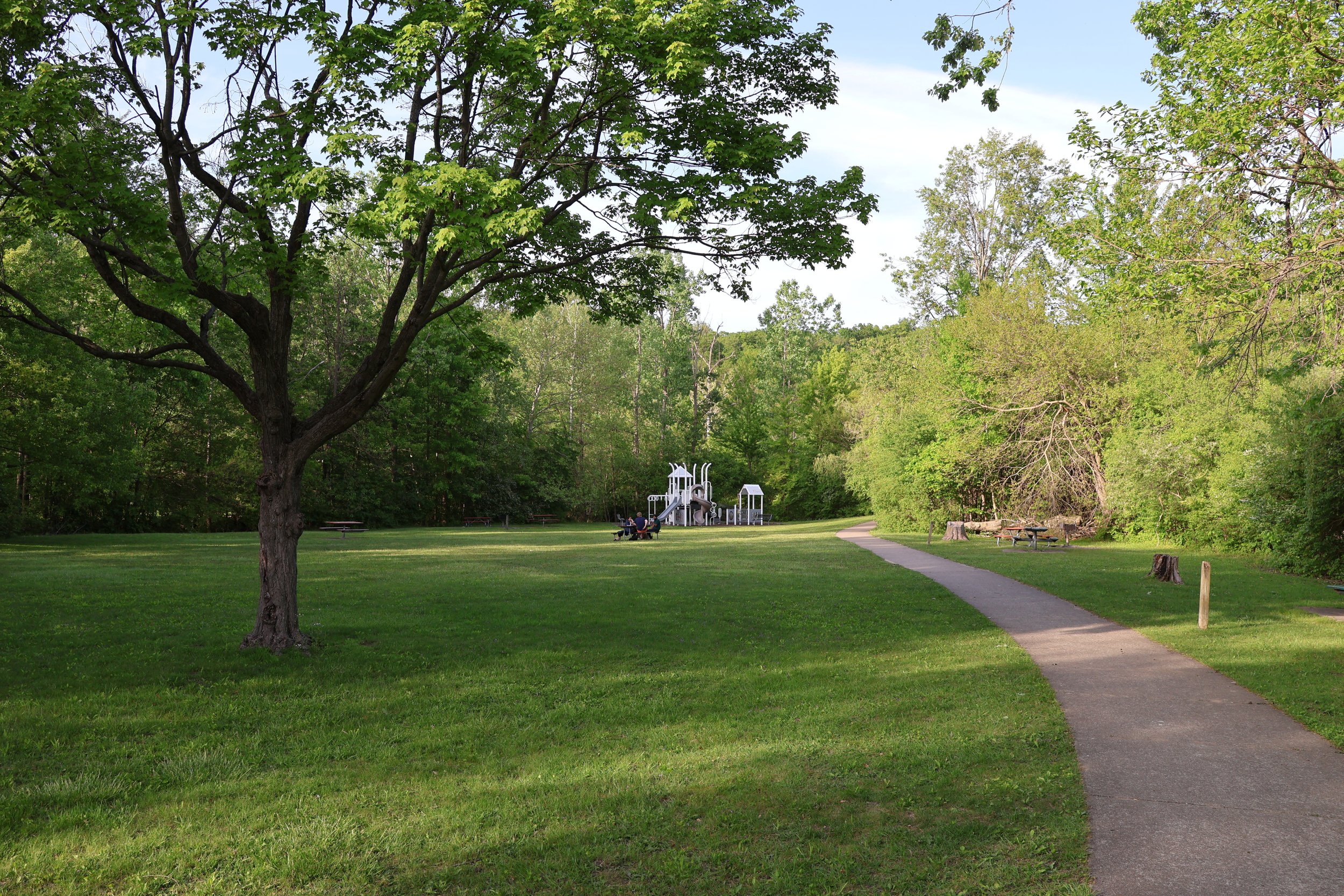
Real Estate Basics
Read below to learn more about real estate development, from how to evaluate the feasibility of a development to important policy considerations that factor into all developments.
Important Development Terms to Know
Mixed-Use Development (MXD): combines different types of land use within one project or area. This approach integrates a mix of residential, commercial, retail, office, and/or recreational spaces in close proximity, allowing people to live, work, and access services in the same neighborhood or development
Transit-Oriented Development (TOD): focuses on creating mixed-use, walkable communities centered around public transportation hubs.
Planned Unit Development (PUD): a small community that can contain many types of single-family homes, like townhomes or condominiums
Floor-Area Ratio (FAR): the measurement of a building's floor area in relation to the size of the lot/parcel that the building is located on. FAR is expressed as a decimal number, and is calculated by dividing the total area of the building by the total area of the parcel (building area ÷ lot area).
Request for Proposal (RFP): a formal document used to solicit proposals from real estate professionals or firms for a specific project or service.
Area Median Income (AMI): the median income of a particular geographic area, which is used to set income limits for individuals or households seeking affordable housing assistance
Placemaking: designing and improving public spaces to make them more inviting, community-oriented, and reflective of local identity and culture.
First Place: where everyone lives
Second Place: where everyone works
Third place: where everyone does the rest
Tax Increment Financing (TIF): a financing method that allows a portion of future property tax revenue from a specific development or redevelopment area to be used for funding the costs associated with that development, such as infrastructure improvements or public amenities.
Payment In Lieu Of Taxes (PILOT): a financial agreement where a tax-exempt entity or government agency makes a voluntary payment to a local government instead of traditional property taxes. PILOT agreements are negotiated to support local public services and infrastructure without burdening these tax-exempt entities with the full property tax liability.
Important Public and Private Policy Considerations
Best use of underutilized land
Income diversity and affordability
Level of de-risking and shovel-ready permitting processes
Height, density, and floor-area ratio
RFP bid process vs sole-sourced public-private partnership
Public versus private, versus social return financing
New utility and transit connections
Level of property tax subsidy and deferment (PILOT)
Find excess, unused public land
Location near public transit, utility leads, and jobs
Eight Ways to Underwrite Housing that Require Public Policy Debate
Create a capital stack using patient capital at a social return, retirement coupons with low yields and 15-year payback
Design engineer construction economies while using innovative modular construction
Underwrite 25% “affordable” housing with 75% market-rate housing
Rezone sites to MXD/PUD/TOD with high density
Leverage and incentivize private developers with a local affiliation
Negotiate a Payment In Lieu Of Taxes (PILOT)
12 Development Principles For Ann Arbor
-

QIMBY: Quality In My Backyard
QIMBY promotes healthy, affordable, and programmed design options for development.
-

Inclusive development process
All neighborhood residents should be invited to participate in designing exciting change in the city.
-

Increase housing stock diversity
Housing of all types should be created, especially at moderate and lower price levels.
-

Increase multi-modal transit options
These would include walking, bike, scooter/bike share, bus, train, car share, and driverless transit.
-
Activate parkland
This can be achieved through increased programming, improved landscape design, and less invasive vegetation.
-

Appropriately increase compact, walkable development
Sites can be determined though careful study of neighborhoods.
-

Consider sites citywide
All vacant or low density parcels throughout the city should be considered for development.
-

Neighborhood community space
Local retail such as cafés and convenience stores should be increased in distant neighborhoods.
-

Cooperation between town and gown
There should be close collaboration between the City, University, and other important parties to do what is best for the community.
-

Expand DDA area and responsibility
This should be done to include oversight of riverfront TIF and support parks and trails.
-

Locally-led community development
Take charge locally rather than count on federal funding or out-of-state developers.
-

What are your objectives?
Developments must be accompanied by master planning to realize a greater vision.


